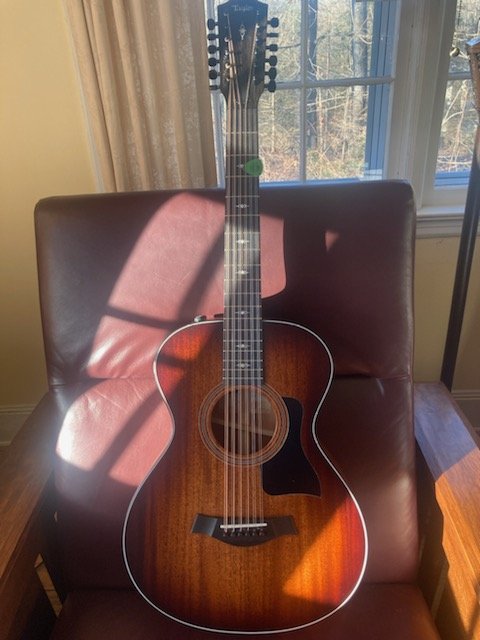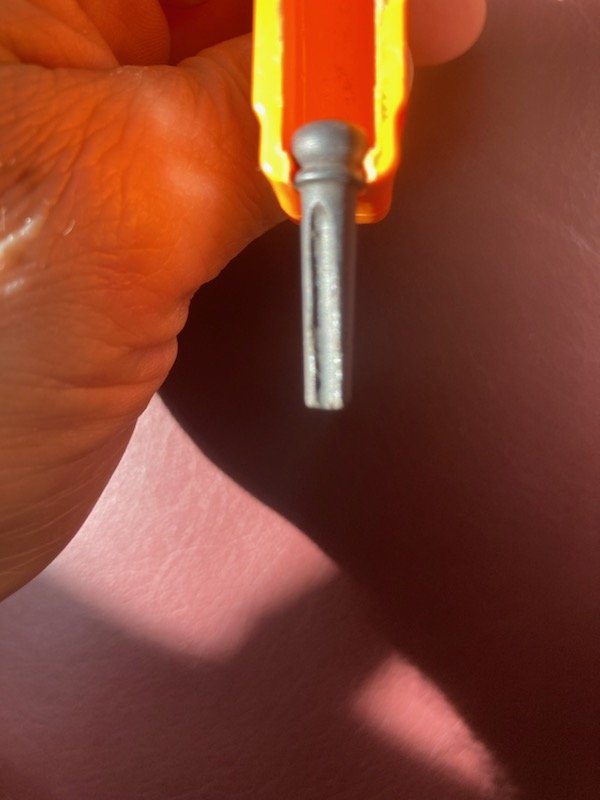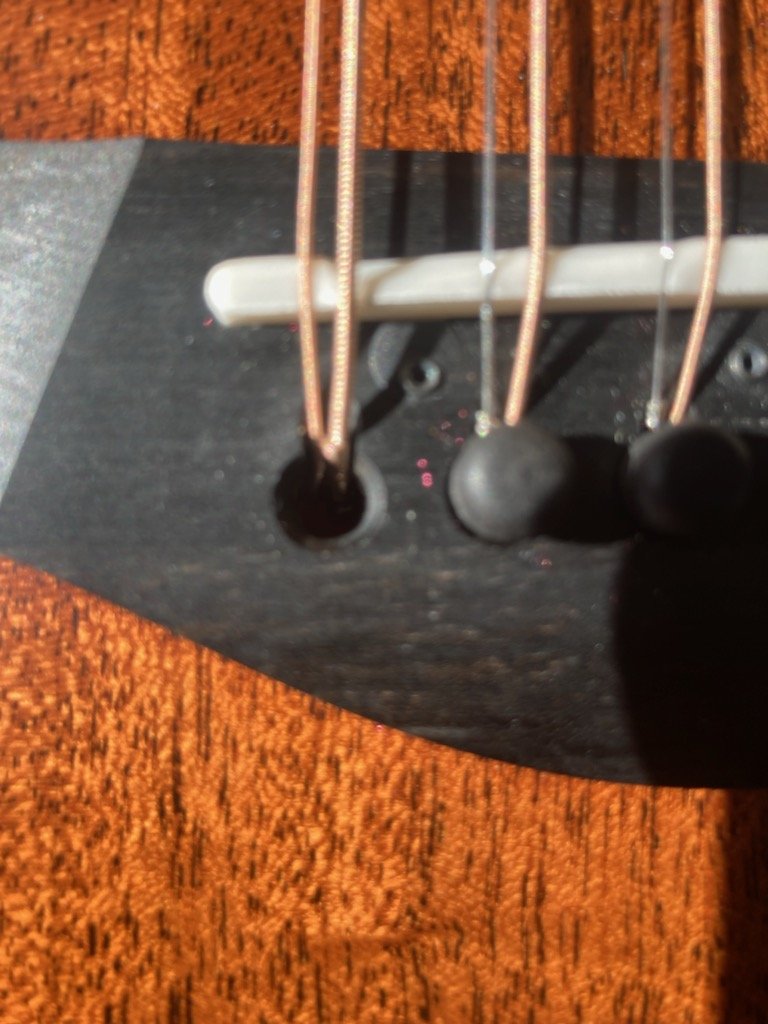This might be old news to some of you, but for me, this is new. Have any of you had any experience with Taylor's 6 hole, 12 string guitar bridge? The saddle looks a bit unconventional too. Its thickness is needed to set the string spacing.
I love my old mid 90s Taylor 555 12 strings, but this?
I found this image on the following link:
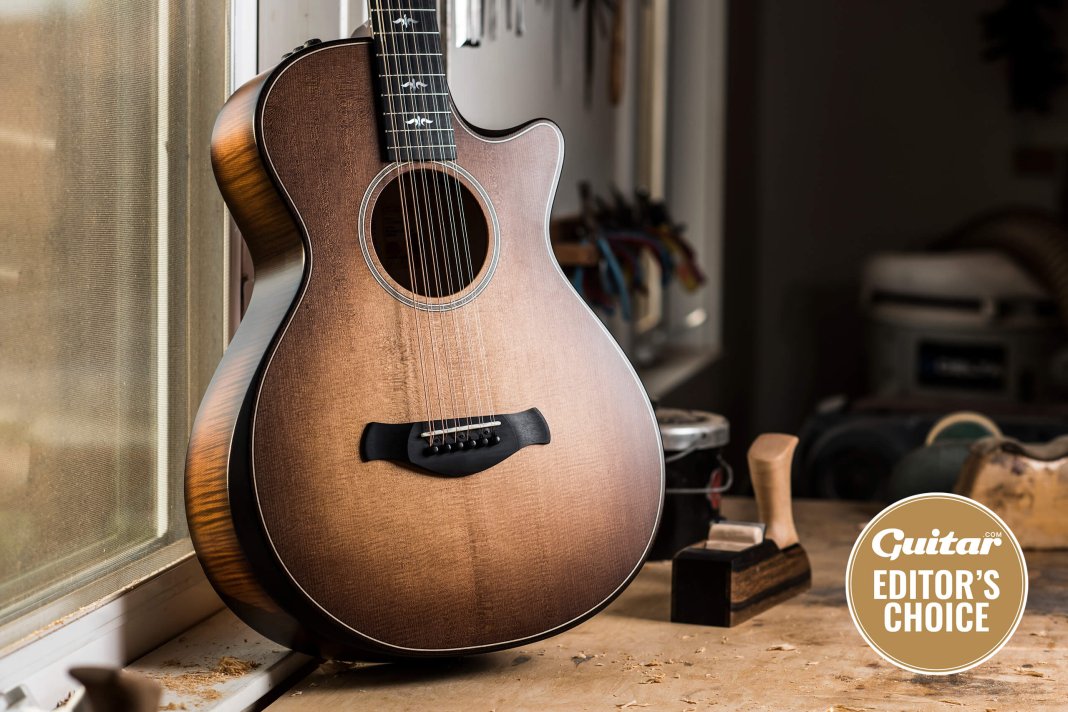
 guitar.com
guitar.com
Tommy
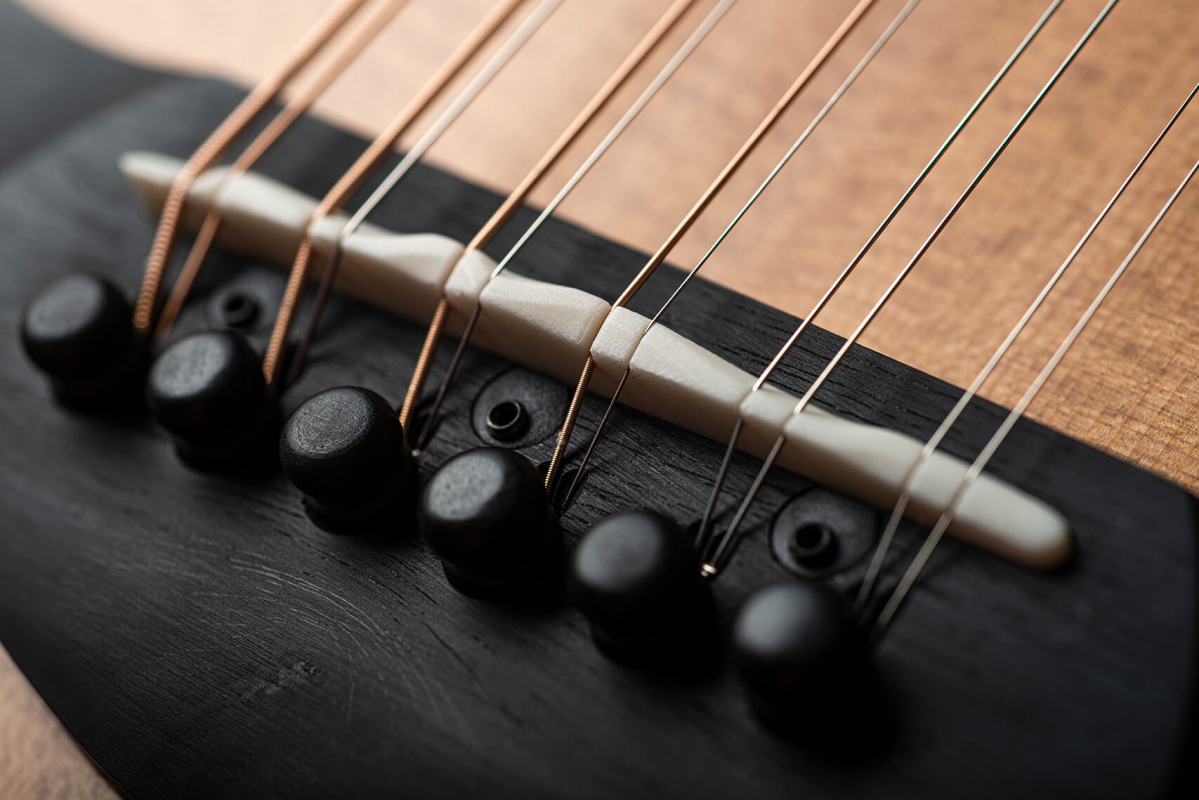
I love my old mid 90s Taylor 555 12 strings, but this?
I found this image on the following link:

The Big Review: Taylor Builder’s Edition 652ce
With compact dimensions, softened edges and reverse stringing, this is no ordinary 12-string.
Tommy





